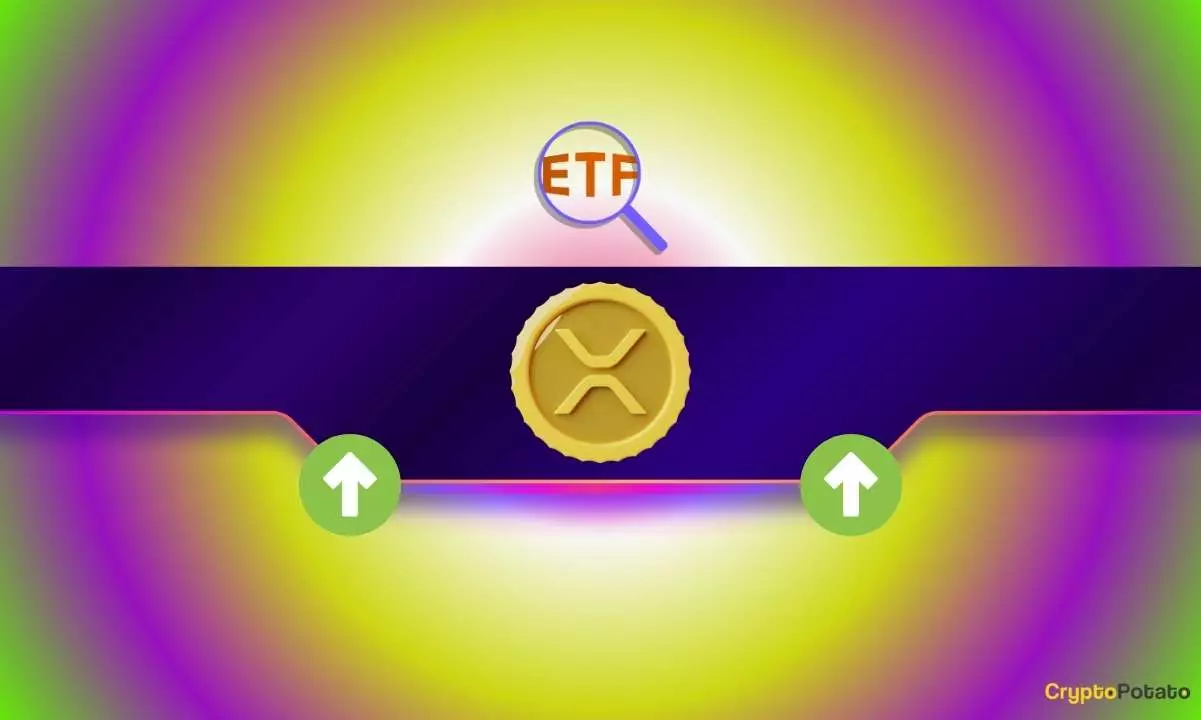In recent months, the cryptocurrency market has witnessed a significant shift in interest, particularly regarding the potential launch of spot exchange-traded funds (ETFs) focused on XRP in the United States. As major players like Grayscale, Bitwise, and 21Shares submit their applications, excitement is building among investors and the broader crypto community. With the approval from the U.S. Securities and Exchange Commission (SEC) for these proposals being a pivotal point in the conversation, the question remains: will these ETFs become a reality, and what impact will they have on the overall market?
One of the most notable advancements came when Grayscale’s application was officially recorded in the Federal Register, thereby triggering a timeline for the SEC’s review process. The critical date for a decision looms on October 18, creating palpable anticipation within the XRP community. Many enthusiasts firmly believe that the advent of an XRP ETF is imminent, bolstered by assurances from Ripple’s CEO, who confidently describes the approval as “inevitable.” Such statements resonate deeply with supporters, fostering a sense of optimism around XRP’s future.
Recent analytics suggest an 81% likelihood of approval for an XRP ETF in the U.S. by the end of 2025, a marked increase from previous estimates. While the odds of a swift approval by July 31 hover around 45%, the general sentiment reflects a growing confidence in regulatory acceptance. In a broader context, Brazil’s regulatory body has already greenlit history’s first spot XRP ETF, causing a temporary spike in the asset’s price. However, experts argue that an ETF launch in the U.S. would dwarf this event in significance, given America’s dominance in the global financial landscape.
The Implications of U.S. Approval
Should the SEC grant approval for a spot XRP ETF, the consequences could be transformative. The infusion of institutional and retail investors into the XRP market would not only cement its status as a legitimate asset class but could also ignite a broader acceptance of cryptocurrencies as viable investment opportunities. Furthermore, this move could significantly alter perceptions of the SEC itself, which has been criticized for its cautious stance on cryptocurrency. Under the new leadership of pro-crypto Chairman Mark Uyeda, there exists potential for a more accommodating regulatory environment.
The launch of a successful spot XRP ETF would symbolize a watershed moment in the cryptocurrency sector. It would not only validate XRP as a mainstream investment vehicle but could also act as a catalyst for regulatory reforms and inspire similar initiatives for other cryptocurrencies. Moreover, the SEC’s approval might alleviate fears among investors about the cryptocurrency market’s stability and legitimacy, attracting a wave of new participants.
As the countdown to the SEC’s decision continues, the XRP community remains hopeful for favorable outcomes. Whether this optimism is well-founded remains to be seen, but the unfolding of these developments signifies that XRP is gaining serious traction within the investment community. The prospect of an XRP spot ETF represents more than just a financial product; it embodies the potential for a revolutionary shift in how we perceive and engage with cryptocurrencies in the future.















